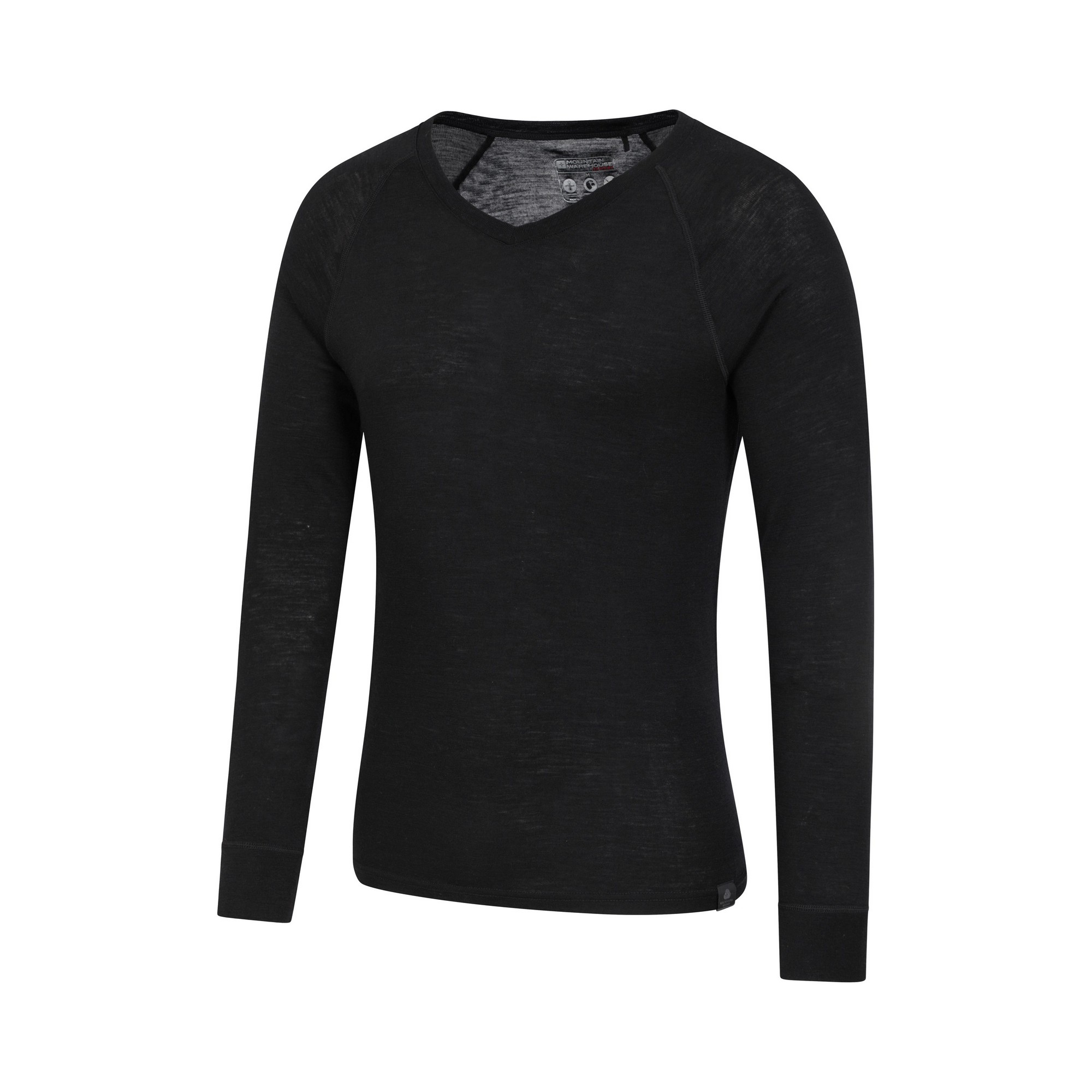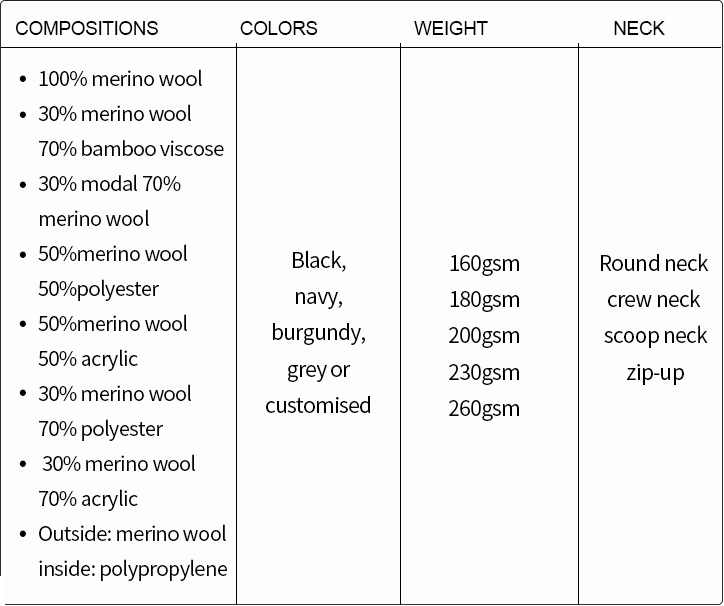Useful Merino Wool Base Layer Tips
Wiki Article
Why Are Yak Merino Wool Base Layers So Effective For Winter Sports Clothing In Terms Of Temperature/Warmth Regulation? Moisture Management. Comfort. Durability.
Yak Merino Wool Base Layers excel in winter sportswear due to factors that enhance heat, temperature regulation as well as comfort and durability.
Insulating Properties Both merino and Yak wool are naturally insulating characteristics. Yak fibers are hollow, and trap air to provide warmth. Merino Wool is known for its exceptional insulation.
Regulates Body TemperatureThe fabric and the combined one helps maintain body temperature by capturing heat in cold conditions and allowing for breathability to prevent overheating during high activity.
Moisture Management-
Merino is a moisture-wicking wool. The properties of Merino draw moisture away and disperse it, which stops sweat accumulation. Yak fibers also help transport moisture, keeping the wearer cool and dry during vigorous physical exercise.
Comfort-
Softness- Merino fibers are renowned for their fine, soft fibers that are gentler to the skin. Addition of yak-wool fibers that are soft can also improve comfort.
Odor Resistance- Both kinds of wool possess natural antimicrobial properties, reducing the growth of bacteria that cause odor and also keeping the clothes fresh.
Durability-
Strength and Resilience: Yak wool has a excellent level of durability. When you combine it with the strength and resilience of merino fibers, the fabric is made to be robust and durable.
Natural Fiber Benefits-
Renewability: Yak and merino are both renewable and biodegradable fibers. They are also green.
These wools can be used to deal with a range of conditions of the weather.
Combining the best of both yak and merino wool creates an extremely warm fabric and durability. It also regulates temperature, controls moisture, ensures comfortable wear and is durable. Yak merino-based base layers are perfect for winter sportswear since they are able to meet the demands of winter sports and cold conditions. They will also keep you comfortable and dry. Check out the top read this post here for website recommendations including wool thermals womens, best base layer for skiing women's, wool undershirt women's, smartwool merino 250 base layer, smartwool thermals, best thermals for skiing, ll bean merino wool base layer, best base layer for skiing, merino wool thermals, smartwool long underwear and more.

What Are The Benefits Of Bamboo Clothing With Regard To Durability, Comfort And Sustainability? For Outdoor Winter Clothing?
Bamboo clothing provides many benefits for winter outdoor clothing in terms of comfort, sustainability and security. Comfort-
Bamboo fabric is smooth and soft making it soft on the skin. Bamboo fabric is frequently compared to cashmere or silk for its elegant appearance.
Moisture-Wicking- Bamboo fibers contain moisture-wicking properties, removing moisture away from the skin while keeping the wearer dry and comfortable when performing physical activities.
Thermal Regulation- Bamboo clothing has natural temperature-regulating properties, providing warmth in winter while remaining breathable to prevent overheating.
Sustainability-
Bamboo is a very sustainable resource. It can grow rapidly, without pesticides or chemical fertilisers. It is a material which regenerates rapidly, making it an environmentally friendly option.
Bamboo has a very low environmental impact. It uses less water and soil nutrients than cotton. Bamboo produces more oxygen and absorbs CO2 compared to any other plant.
Protection for Outdoor Wear-
UV Protection- Bamboo fabric has inherent UV-resistant properties providing natural protection from harmful UV rays.
Bamboo has natural antibacterial properties called "bamboo-kun," that help inhibit the growth odor-causing bacteria. Clothing stays fresher for longer while outdoors.
Other Benefits
Bamboo fibers are durable and resistant to wear, which makes them suitable as outdoor clothing.
Biodegradability - Bamboo clothing is able to be biodegradable, meaning it can break down by itself when it is the end of its life-cycle. This minimizes the environmental impact.
Use of bamboo fabrics in winter clothing has many benefits, including comfort, thermal regulation. Sustainable and water management. Have a look at the top rated bamboo clothings for blog recommendations including bamboo cay christmas shirts, bamboo clothing wholesale, cotton bamboo pajamas, bamboo chafing shorts, bamboo clothing underwear, bamboo jeans, bamboo sports clothing, bamboo cotton shirts, jacket bamboo, boody clothing and more.

What Is The Difference Between Wool And Merino Clothing?
The most crucial factor to consider when comparing merino clothes to traditional wool and bamboo clothing.
Merino Wool - Merino Wool is well-known for being soft and having very fine fibers. It is smoother more supple and less scratchy feel when in comparison to other kinds of wool. It is believed to be more comfortable.
Clothing made from Bamboo- Bamboo is smooth, silky fabric that is often compared to silk and cashmere. It is soft, making it a comfortable fit.
Traditional Wool Traditional Wool in a variety of textures. Some are coarser than others, and can cause itchiness or discomfort.
Warmth-
Merino Wolle Merino fibers are excellent insulation and provide warmth. It holds warmth even in damp conditions and offers effective insulation in cold weather conditions.
Bamboo Clothing Bamboo Clothing warm, however it doesn't offer the same insulation as merino. Bamboo clothing regulates body temperature and provides comfort under various conditions.
Traditional Wool: Similar to merino, it provides warmth, insulation and comfort. Although it is often more heavy, or bulkier than bamboo or merino clothes.
Moisture Absorption-
Merino Wool Merino Wool is a natural fiber with amazing moisture-wicking properties. It draws moisture from the skin and lets it evaporate. It stays warm even when damp.
Bamboo Clothing- Bamboo fabric also has the ability to wick moisture which draw away moisture from the skin while providing comfort during physical activities. It's a good moisture regulating fabric, keeping the wearer's skin dry.
Wool - Traditional wool is an organic fiber that is able to take in moisture, but it may not have moisture-wicking qualities like bamboo or Merino. Some types of wool can appear heavy and damp when they are wet.
Summary, merino has been praised for its the softness, warmth, and effectiveness of moisture wicking. Bamboo clothing is a soft texture and warm with good moisture control. Wool clothing can have a variety of textures, and offer warmth and moisture absorption However, it may feel heavier or coarser than bamboo or merino clothes. Each one is distinctive and caters to different needs. Take a look at the best merino winter clothings blog for blog info including smartwool 1 4 zip womens, ski thermals, cheap merino wool base layer, smartwool 250 base layer bottoms, wool base layer, smartwool 250 women's, best baselayers for skiing, best thermal underwear for skiing, hh lifa merino, wool thermals mens and more.
